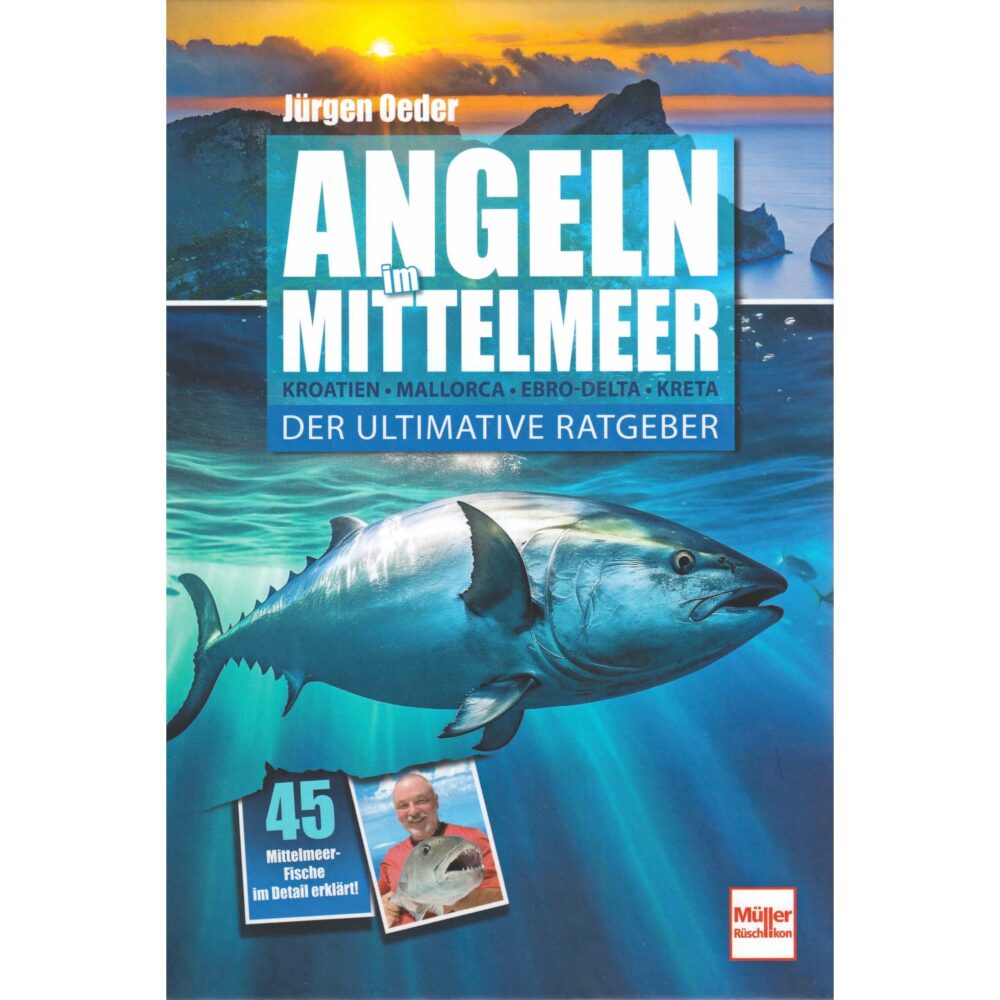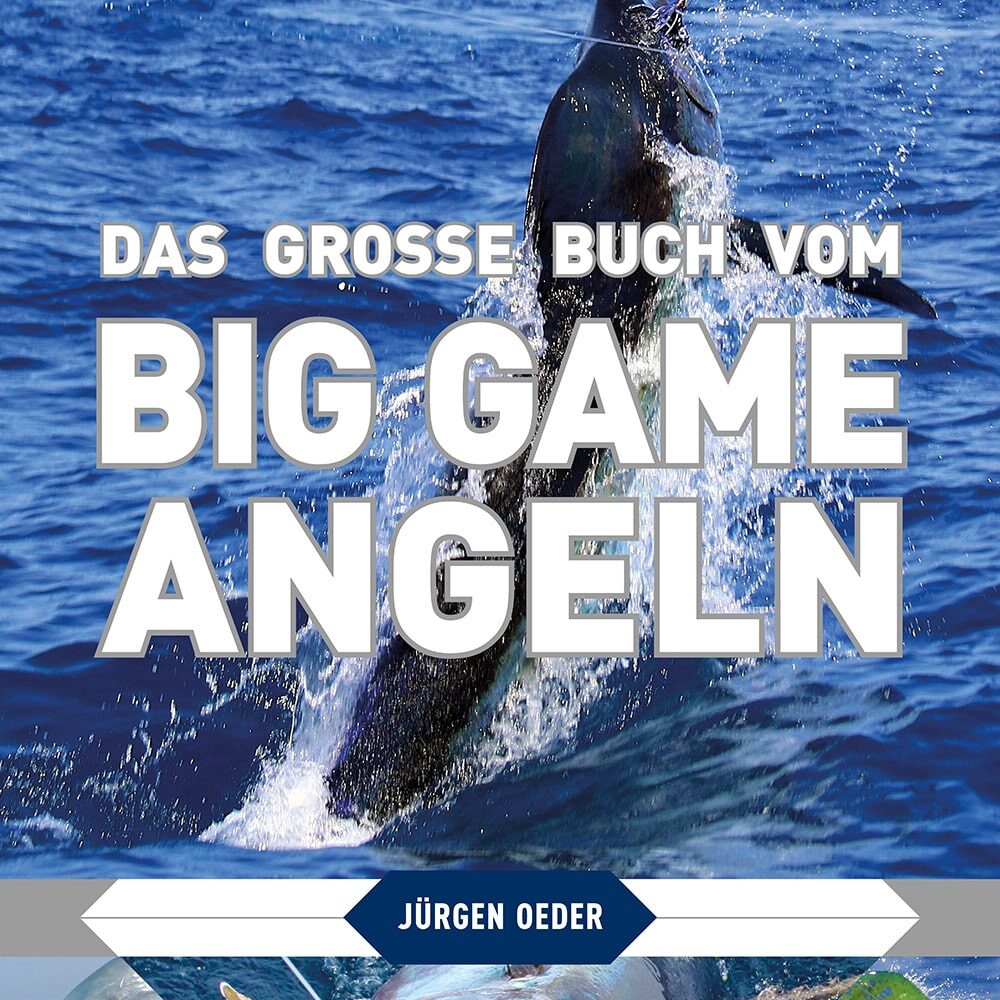Dein Warenkorb ist gerade leer!
Deadly fight: Many sharks die after release
Even short fights of only 20 minutes are apparently sufficient to release the especially sensitive Great Hammerheads into „freedom“ as certain death candidates. The angler is delighted: The shark, which has been fought into the boat or even pulled onto the beach, is photographed, has been set back and slowly swims away. Alive. – But not for long: According to a study, many sharks die up to three weeks after the fight from the consequences of an acidification of their blood. Particularly frightening: Even short fighting times of only 20 minutes are apparently sufficient to release the particularly sensitive great hammerheads into „freedom“ as certain death candidates.
For the study, US scientists Neil Hammerschlag and A.J. Gallagher caught a total of 102 blacktip-, bull-, lemon-, tiger- and great hammerhead sharks off of Florida and the Bahamas at depths of 30-60 meters. The biologists used a classic drumline (a-c) with a 23 m long mouth line (leader f-g) and a 16/0 circle hook (h). The „fighting time“ of the fish on the hook was measured with a counter, which was triggered by the pull of the fish after the bite.

Blood samples were taken from the caught fish to determine lactate and pH and their eye reflexes were tested on the retina with splashes from a water pistol. The animals then received a satellite transmitter on their dorsal fin and were released. The result gives food for thought: Although the fish were able to circle on the 23 m line, which was very long, they developed extremely high lactate values in the struggle depending on the species.

Tiger and lemon sharks were therefore the most insensitive. All tiger sharks (except one caught by an angler) lived for four weeks after the resetting. At least more than a quarter died with the bull sharks within the first two weeks. With the big hammerhead sharks about 43% of all fish died. The number of survivors then fell by the end of the third week once again to only 53.6%. According to the study, large sharks can tolerate lactate poisoning much better than small ones.
The decisive factor for all fish, however, is the fighting time: How does lactacidosis occur: fish have red muscles (and we do) for constant continuous performance. White muscles are made for short-term peak performance. They contract much faster than red muscles, but also need much more energy. They obtain most of this energy through sugar utilization without oxygen. Lactate (the salt of lactic acid) is produced as a waste product that can no longer be released in large quantities via the respiratory system. The lactate then leads to overacidification of the blood.
Athletes achieve lactate values of up to 20 mmol after a 1000 meter run. Hammerhead sharks do not survive such values. An animal, which had been fought only 24 minutes, had afterwards, a lactate value of scarcely 19 mmol. The shark swam away after the release in a cramped posture. However, video recordings showed that the fish sank 10 minutes later to the seabed and died. A 3.45 m long hammerhead shark shared this fate, it died 30 minutes after release. Sharks trapped on longlines confirm that sharks lead the fight against lines, and lines to lactose death.
According to this, tiger sharks are extremely robust: Less than 5% of them were already dead when the longlines were hauled in. This rate is 60-90% for the Great Hammerhead and 88% for the Blacktip Shark. Now the state of Florida has protected the three endangered species of Great Hammerhead, Bowhead Hammerhead and Common Hammerhead since 2012 and banned their removal. But Catch and Relase continues to kill far too many fish, according to the study. The consequence can therefore only be as follows: Temporary shark fishing ban, such as when hammerhead sharks come to give birth off the west coast of Florida or chase tarpons at the Boca Grande Pass.
Moreover, the study sheds a gloomy light on all fishermen who fish for sharks from the beach, be it off Florida or fishing for copper sharks on the beaches of the Namibian skeleton coast. Copper sharks, like blacktips, belong to the genus Carcharhinus and fight to complete exhaustion. Source: Gallagher, A. J., (et al): Physiological stress response, reflex impairment, and survival of five sympatric shark species following experimental capture and release, MARINE ECOLOGY PROGRESS SERIES, Vol. 496: 207-218, 2014, http://rjd.miami.edu/wp-content/uploads/2014/01/Gallagher-et-al.-2014.pdf

